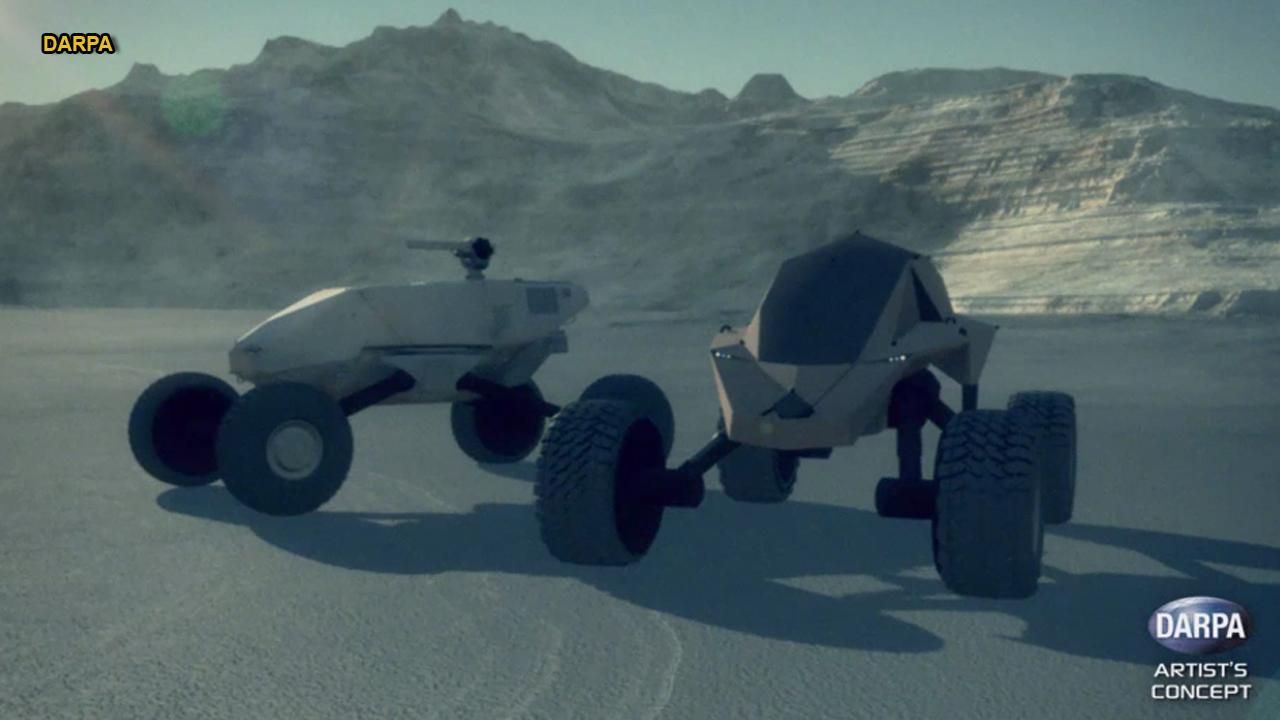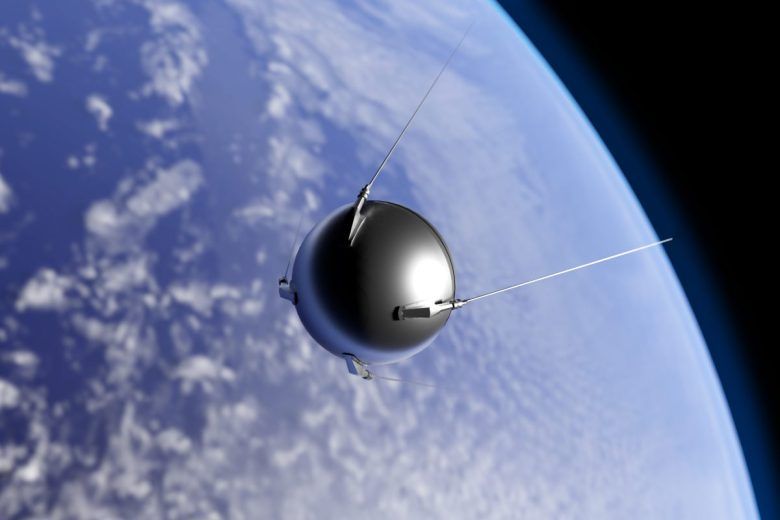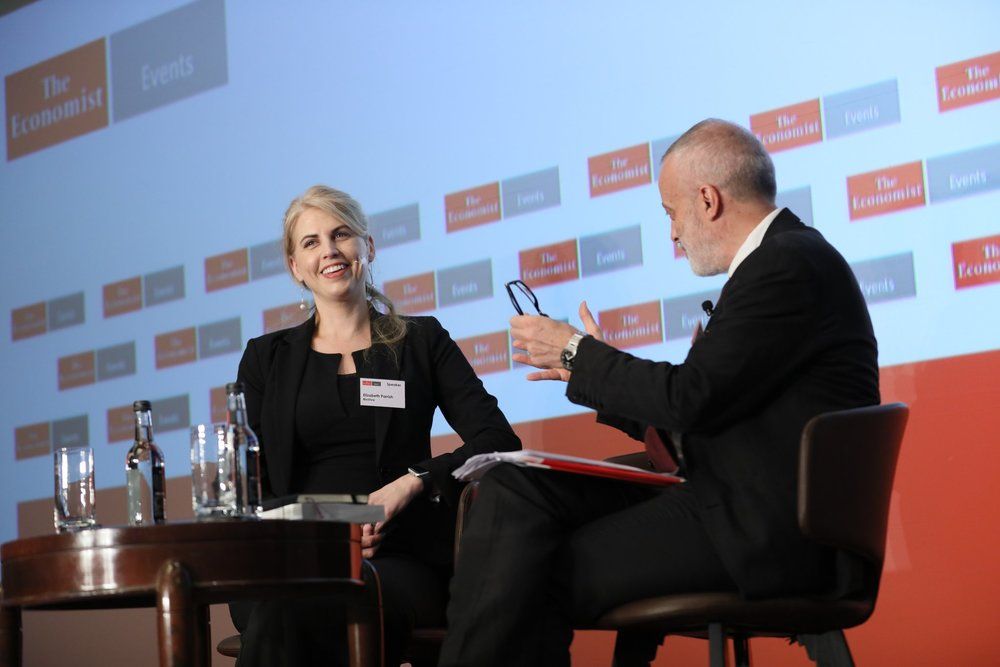Of all the concerns and objections we have seen, saying that an indefinite lifespan would deprive us of motivation in life is by far the most bizarre.
Of all the concerns and objections I’ve bumped into as a rejuvenation advocate, saying that an indefinite lifespan would deprive us of motivation in life is by far the most bizarre. I’d have a hard time believing this concern is so widespread that it needs discussing, but for completeness’ sake, let’s do it anyway.
The argument in a nutshell
It’s very simple: if aging was completely defeated, then there wouldn’t be a definite upper limit to the duration of our lives. Depending on your luck and our ability to minimise risks from other causes of death, in principle, you might live to the end of time, if that’s a thing. And this, according to some, would make you lose your motivation to be alive. No death, no reason to live, they say.







